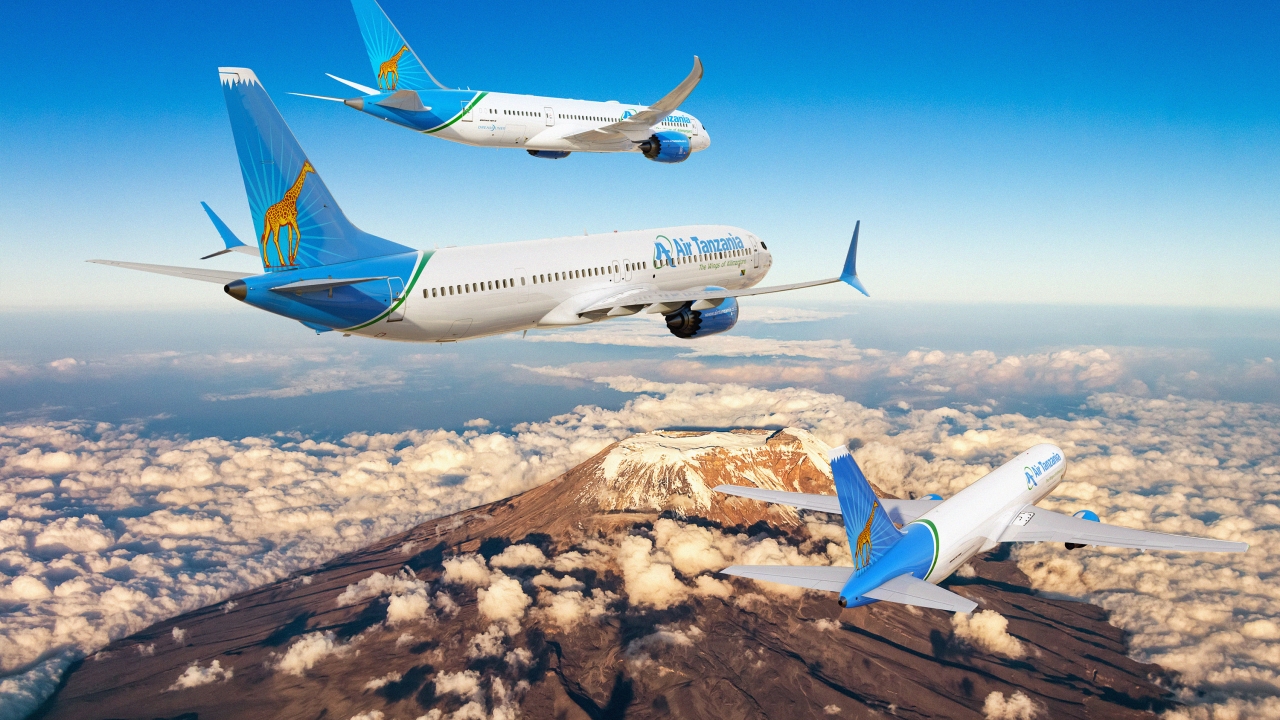Industry and economic implications of an SAA business rescue

While AASA may not comment on SAA’s business or its shareholder’s decision, it is important to consider them within the industry and broader socio-economic contexts within which the sector subsists.
South Africa’s domestic air transport market is one of the most robustly competitive in Africa, with local carriers engaged in fierce competition. It benefits the entire economy by providing choice, affordable, safe and reliable connectivity to destinations and markets throughout the country, while reducing the cost of travel and doing business. It is a situation AASA, its members and crucially, their customers - and presumably also Government - would prefer to see maintained.
There is also a high level of co-dependence across the industry with SAA playing a significant role, such as:
• SAA Technical (SAAT), which, in addition to SAA and Mango, is contracted by BA-Comair and Kulula to maintain their aircraft.
• SAA provides financial administrative and disbursement services to its code-share and franchise partners, SA Express and Airlink.
• The tariffs and charges in respect of the Airports Company South Africa, Air Traffic and Navigation Services, SA Weather Service and SA Civil Aviation Authority are predicated on an expected number of flights and passengers. So too are their capital expenditure infrastructure programs.
• The entire industry value chain, from the airlines, air transport infrastructure and service providers through to the tourism, trade, logistics, engineering and construction sectors require predictability in determining their operations, managing their revenues, cash flow and costs.
• The air transport and tourism industry, which Government has identified as a primary strategic sector to create jobs and drive economic growth, are vulnerable to any sudden loss of market confidence and loss of bookings as a result of cancellations.
Similarly, our industry makes an important macro-economic contribution to South Africa. A 2018 Oxford Economics study of the value of the air transport sector to South Africa showed that the air transport and broader travel and tourism industry directly, indirectly and catalytically
supports more than 470 000 jobs, contributes about USD9.4bn (about ZAR150bn) in gross value add representing 3.2% of South Africa’s GDP.
This debunks the myth that the air transport industry is a service to the wealthy. On the contrary, it is a socio-economic lynchpin for South Africa and everyone who lives here.
The net effect of any uncontrolled SAA exit, against which the air transport and tourism industries are unable to implement contingency plans, would be slowed, or even negative, economic growth, which will compound fiscal shrinkage.
The Business Rescue scenario must provide the aviation and allied industries the ability to adjust, adapt and ensure that their customers, the markets and communities they serve, are provided with sustainable, competitive, capable, reliable and safe services.
AASA’s members include all of the domestic airlines in South Africa and most airlines in the SADC region and the Indian Ocean islands.
Stay up to date
Subscribe to the free Times Aerospace newsletter and receive the latest content every week. We'll never share your email address.

